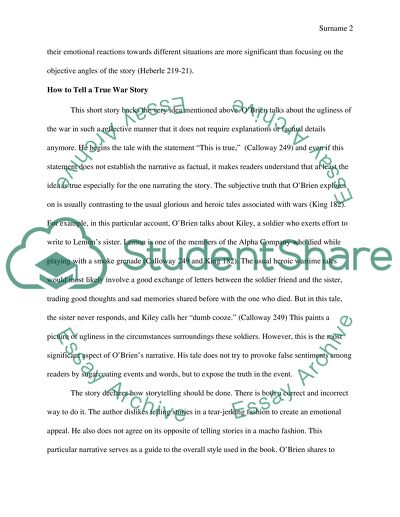Cite this document
(“The Subjectivity of Storytelling Essay Example | Topics and Well Written Essays - 1000 words”, n.d.)
Retrieved from https://studentshare.org/english/1413488-the-subjectivity-of-storytelling
Retrieved from https://studentshare.org/english/1413488-the-subjectivity-of-storytelling
(The Subjectivity of Storytelling Essay Example | Topics and Well Written Essays - 1000 Words)
https://studentshare.org/english/1413488-the-subjectivity-of-storytelling.
https://studentshare.org/english/1413488-the-subjectivity-of-storytelling.
“The Subjectivity of Storytelling Essay Example | Topics and Well Written Essays - 1000 Words”, n.d. https://studentshare.org/english/1413488-the-subjectivity-of-storytelling.


